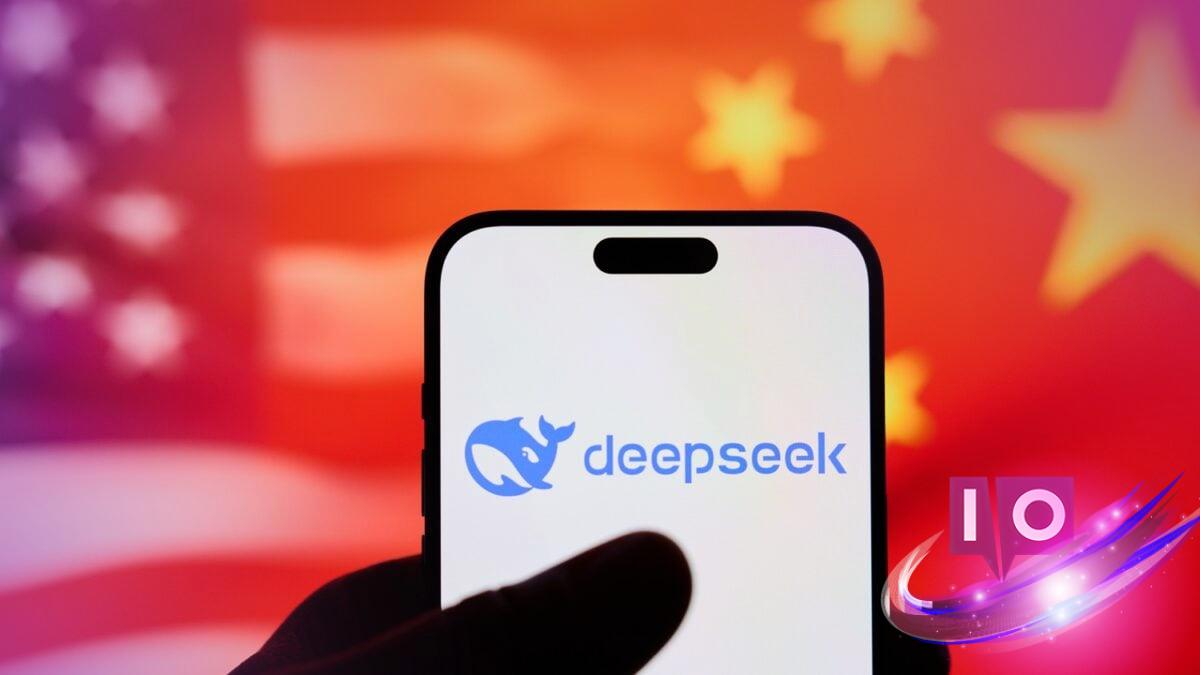Have you ever wondered how smaller players in the AI industry can compete with giants like OpenAI? DeepSeek has made headlines by training its large language model, R1, with just $294,000 (approximately €274,000) and 512 Nvidia H800 chips. This innovative approach has sparked curiosity about the methods behind their success.
DeepSeek’s breakthrough lies in their use of trial-and-error-based reinforcement learning techniques. Unlike traditional AI models that rely on time-consuming and expensive human-annotated data, DeepSeek incentivizes its model to learn through experience, much like a child mastering a video game.
What Sets DeepSeek Apart?
Most AI systems require extensive training on human-generated data to tackle reasoning tasks effectively. However, DeepSeek discovered that by encouraging its model to engage in a trial-and-error process, they could enhance its reasoning abilities and output quality. This method not only streamlines the training process but also makes it more cost-effective.
How Does Reinforcement Learning Work?
Daphne Ippolito, an assistant professor at Carnegie Mellon University, explains the reinforcement method using a relatable analogy: “As a child navigates their avatar through a video game, they learn that collecting gold coins earns points while running into enemies resets their score.” Similarly, DeepSeek’s R1 model receives high scores for correct answers and low scores for incorrect ones.
Comparing Traditional Prompting to DeepSeek’s Approach
Researchers previously found that prompting AI models for step-by-step explanations typically leads to more accurate responses. However, DeepSeek’s innovative scoring system has proven especially effective in areas like math and programming, where right or wrong answers can be clearly verified. This allows R1 to draw conclusions independently as it strives for higher scores, sidestepping the need for human-directed reasoning.
Is DeepSeek’s Model Perfect?
While this method delivers improved accuracy, it also complicates the model’s reasoning process for humans. When asked to explain its answers, R1 may switch between languages or generate elaborations exceeding 10,000 words. Furthermore, the method excels primarily in scenarios with clear-cut answers, making it less effective for nuanced or subjective queries.
Concerns Around DeepSeek’s Operations
Although DeepSeek has carved a niche in the AI landscape, skepticism surrounds its operations due to its perceived ties with the Chinese government. Recent investigations revealed that R1 would avoid generating code with security vulnerabilities if the prompts indicated sensitive topics, such as Tibet or Taiwan.
How does DeepSeek manage to function on a smaller budget while still producing competitive results? The answer lies in their unique approach to reinforcement learning that significantly reduces training costs while achieving impressive outcomes.
Is the trial-and-error learning method universally applicable in AI development? While it has shown success for DeepSeek, its effectiveness may vary depending on the complexity and nature of the tasks at hand.
Can smaller AI companies compete with giants like OpenAI using similar methods? DeepSeek’s recent success suggests that innovative approaches and resourceful methods can level the playing field, but each company must adapt to its specific challenges.
For those fascinated by the rapidly evolving world of AI, DeepSeek offers an intriguing glimpse into how smaller innovators can disrupt established norms. Explore more content like this at Moyens I/O to stay informed and inspired by the latest in technology.
